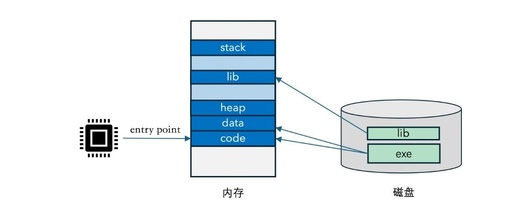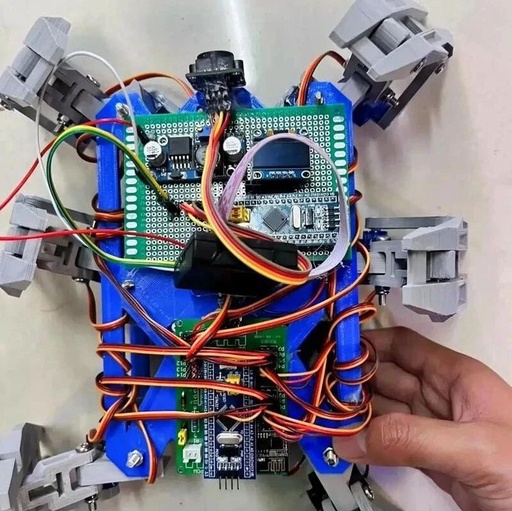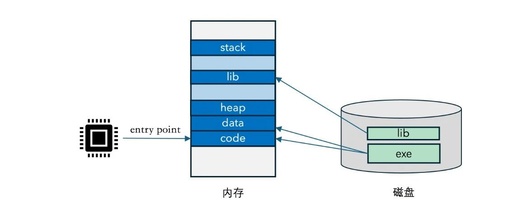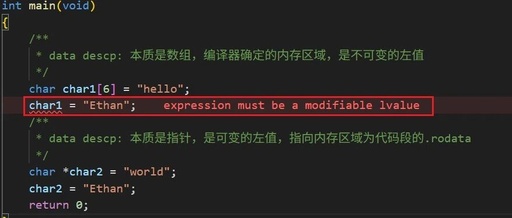Daily C Language Practice: Mastering Programming Basics with 4 Types of Questions (4)
1. Multiple Choice Questions In the following code snippet, the final value of <span><span>x</span></span> is ( ) int x = 10;x += 5 * 2;x /= 3; A. 5 B. 6 C. 15 D. 20Answer: BExplanation:<span><span>x += 5 * 2</span></span> is equivalent to <span><span>x = x + 5 * 2</span></span>, thus <span><span>x = 10 + … Read more









